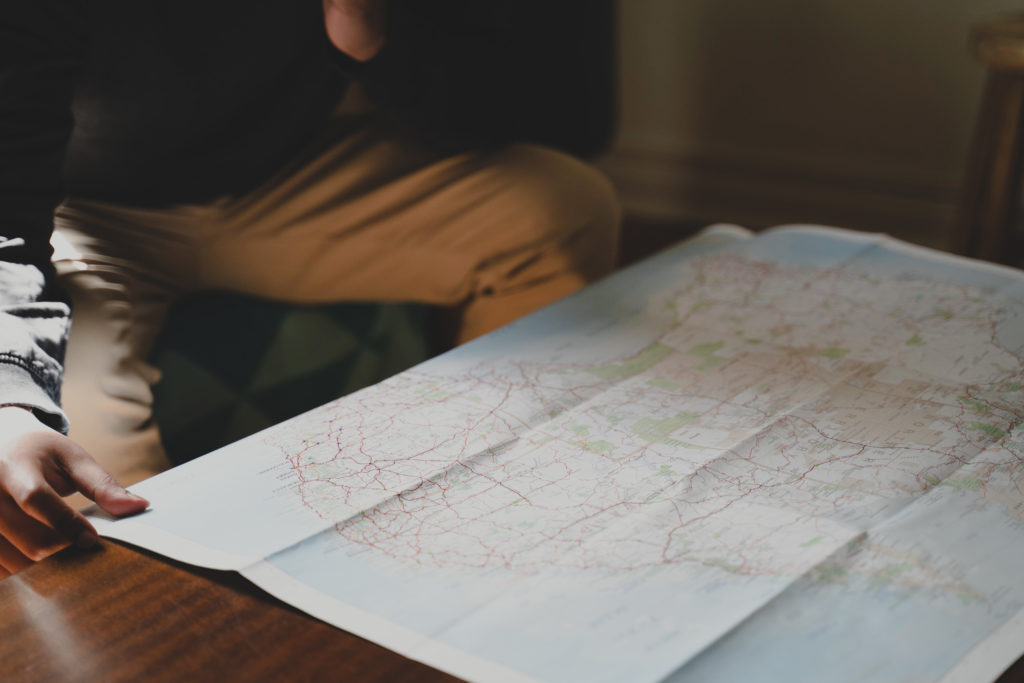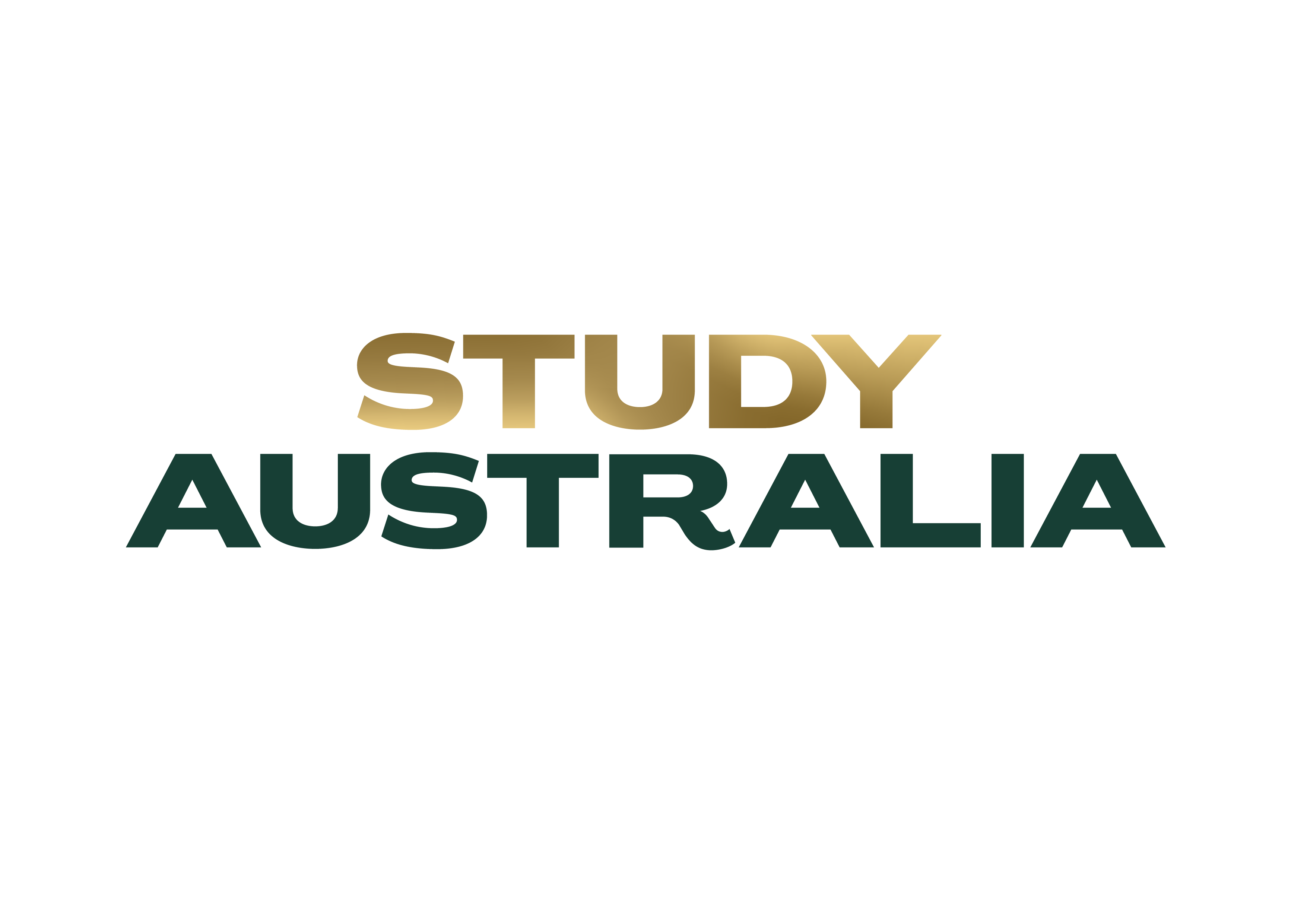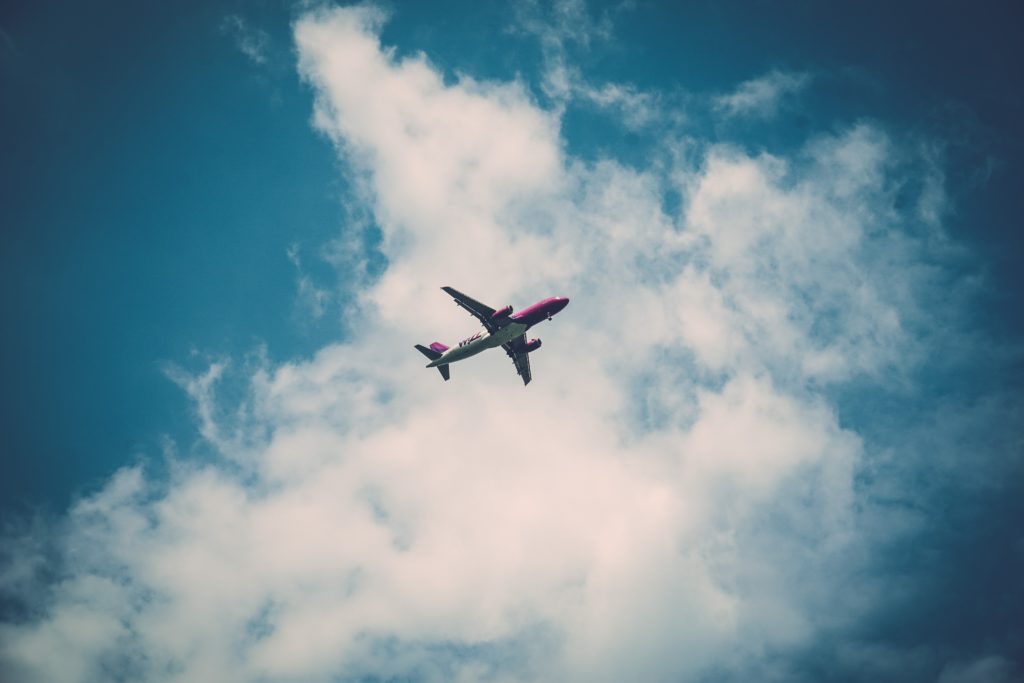It’s an exciting time for international students looking to move to Australia. Fully vaccinated international students now no longer require a travel exemption to enter Australia, so it’s time to start thinking about your studies in 2022!
Whether you’re a new student eager to start your studies in Australia, or a returning student ready to head back to campus, it’s important to start planning your journey to Australia with this checklist of things to consider before you arrive.
Check entry requirements into Australia
The status of borders into Australia is changing as the pandemic continues. There are certain requirements you will need to meet before entering the country. For example, you will need to be fully vaccinated with a Therapeutic Goods Administration (TGA) approved or recognised vaccine before entering Australia. The Study Australia website outlines further vaccine information for international students.
There may also be quarantine requirements for new international arrivals in some Australian states and territories. Our Travel and Entry Updates map can direct you to the right places to look for official information regarding entry.
Refer to the Department of Homes Affairs website for all information regarding entry into Australia, and check with the individual state or territory government website for details specific to those areas.
Research your study options
First things first: if you’ve never studied in Australia before, you’ll want to find a program of study that suits you. Use the Study Australia course search tool for information about the range of courses, institutions and scholarships on offer. The course search tool is the most comprehensive of its kind in the world, featuring more than 31,000 CRICOS-registered courses.
The tool filters results based on the field of study, level of study (such as vocational, undergraduate or postgraduate) and location. Simply scroll down to ‘Explore my study options’.
Once you have a shortlist of courses you’re interested in, you can research the different cities and education providers that offer them. Contact education providers directly if you need help. Often, there may be student ambassadors or specialised support services available to help talk you through what the international student experience would be like.
If you’re having trouble with your search, get help from SAM, the Study Australia Mate chatbot.
If you’re a returning student, check in with your education provider to see if there have been any changes to your course while you have been studying overseas.
Apply for a suitable visa
The next step in your journey to Australia is applying for a suitable student visa. For offshore students whose visas may have expired, you will need to apply for a new visa. Most international students coming to Australia apply for a Student visa (subclass 500). This visa allows you to study in Australia for up to five years in a CRICOS-registered institution and course. Head to the Department of Home Affairs website to check out all of the visa options in Australia, and to apply.
Check course requirements
To study in Australia, you will likely need to provide evidence of the English language requirement. That means taking an English language test. But there are many different English tests, and the score you need will depend on your visa type or program of study.
In addition to the English language requirement, some programs require you to have studied certain prerequisite courses. Contact your education provider directly if you need clarification on what these prerequisites are.
Organise finances, documents and health insurance
Spend some time organising your finances. The cost of living in Australia might differ from what you’re used to back home, so it’s worth sticking to a budget. Once you’re settled into your new city, you’ll be able to open an Australian bank account. If you’re a returning student, check if your Australian bank account is still active.
Then, get your important documents ready, including visa, passport and Confirmation of Enrolment letter from your educational institution. It’s also compulsory to take out appropriate health insurance while you’re in Australia. For a list of registered health insurers who offer Overseas Student Health Cover (OSHC), check the Australian Government’s Private Health website. If you have previously had OSHC, you may be able to renew your policy. Contact your OSHC provider directly for guidance.
Pack your bags
After your course is confirmed, you’ve received your visa and your finances are in order, it’s time to pack your bags. If you’ve been to or studied in Australia before, you’ll know the drill. But even so, it’s worth looking at what you can and can’t bring into the country.
Australia has strict quarantine laws, so airport clearance will be quicker if you don’t bring food, plant material or animal products. Otherwise, make sure you pack enough essentials like clothes and toiletries, plus the right travel adapters and any medications. Use the Australian Border Force website to check what you can and can’t bring into the country.
Know where you’re going once you land
So, your bags are packed and your flight is booked. But what are you going to do when your plane hits the tarmac?
For those unfamiliar with living in Australia, consider organising a few weeks of accommodation before leaving your home country. This will give you a chance to familiarise yourself with your new city and find local accommodation. Or, if you know where you’re going – into student accommodation, say, or a homestay arrangement – you can organise that before you leave.
For on-the-ground information, Insider Guides has put together details about public transport networks. You can even pick up an Insider Guide to your city!
Consider boosting your employability
It’s never too early to start exploring your options for employment while you’re studying or for after you graduate. Working while studying can help you pay for living expenses and gain critical experience in the Australian workforce.
Study Australia’s Work Readiness Program micro-credential is a mini qualification that helps you find meaningful employment after you finish study. Course content includes job search advice, tips for interviews and support for handling the first day on the job. The program is available for all international students, including both current students and graduates, and students both onshore and offshore.






